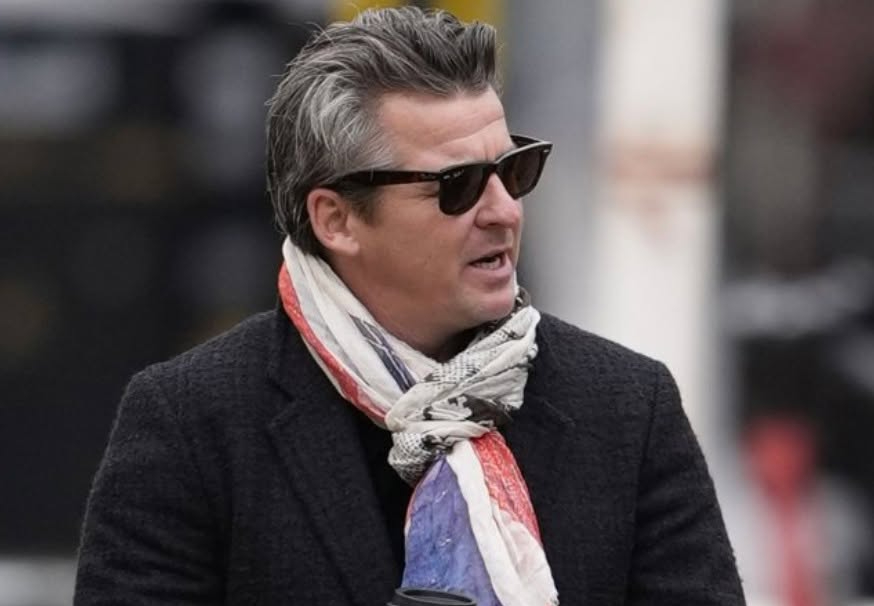For the skiing world Kristian Ghedina, one of the strongest Italian descent between the eighties and Novana, who made the split in the jump on the humps of the Camel of the Sasslong of Santa Cristina, in Val Gardena, was the incarnation of unconsciousness. Today as a father think of risk with greater calmness and with the age of wisdom: “The first thing I feel I say is that I am close to Matteo Franzoso’s parents, I know their drama closely: my mother died, from a stupid fall on the skis, I was 16 years old, and my father has spent the whole period of my races with terror that something happened to me, also because I was fascinated by the speed, concerns. And now, from the outside, I share the fact that you have to do the best possible to increase security ».
What can be done in particular?
“Having said that the fact that the intrinsic risk is unavoidable, it is true that the training slopes are not always prepared and equipped with protections and escape routes at the level of the World Cup and there perhaps something more must be reasoned to do, to increase the safety of the slopes in which you are preparing on the other side of the world to have winter snow: I speak of the track, but also of bordopist, protections, escape spaces. Provided, however, to be aware that the descent (free descent, the fastest specialty with less curves of alpine skiing, editor’s note) is a discipline with an intrinsic risk, however well there is no 100%safe track ».
He emphasized the materials, on skis in particular. Do you need to do something?
“I heard about the Saalbach World Championship last year, manufacturers had meetings with the FIS, (the international Federsci) to understand what the direction to be taken to reduce accidents and accidents a little was, much increased last year. It was estimated that in February in the course the athletes who had been injured and stopped since the beginning of the season had been more than thirty. If it is calculated that around 300 athletes in the world cup, it means ten percent of injured, too many ».
But can you really convince companies to produce less performing skis?
«Only if the limit comes from above at the level of the international federation, because athletes the current skis really give satisfaction, the more you push and the more you create speeds when cornering, while before in the curve it was slowed down, because in the steering action you had to check a little with the foot, skid a bit, now you go as on tracks that create you speed but if you are not precise, the ski unarmed you and make you fly. If I were an athlete, I would like to lose this feeling, but looking from the outside I tell myself that from above you can and maybe you have to change ».

Said by one known to be a dunzed …
«I am aware that you can do everything, put the best protections on the track, the best escape routes, dress a skier like Robocop and there can be not so much because you are limited in the movements, but there is free downhill the risk there is still. Even if I have to admit that I hurt myself looking for the troubles or with other means, with the bike or with the car, while on the ski in the race and in training I fell a few times, because I was much more aware, I had more knowledge of the facts. But when I meet with ski clubs, with companies I also explain that in high speed sports there is always risk, and if we take Formula One, World Championship and World Cup free descent, let’s see that out of ten accidents: you have an injury in formula; two with motorcycles; Eight on free descent, a sign that there is a risk in itself, probably inevitable and that the free descent is more risky than automotive and motorcycling, I’m talking about the track, high -level sport: we are in the context of a risky discipline that is a job at these levels. This does not mean that you don’t have to work to make it safer without distorting it ».










